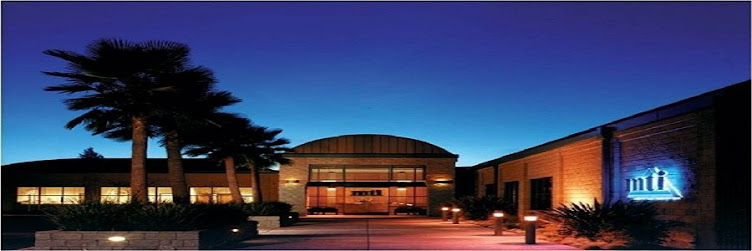You may not realize it, but your eyebrows have power! Perfectly groomed brows frame your face and can lift and bring out your eyes. Depending on their shape, they could make you appear angry, old and tired, or youthful. Since not everyone is blessed with perfect brows, you want to make the best of what you have. So how do you shape your brows to best enhance your features?
Know the shape of your face to discover your best brow look.
Since your brows can enhance your facial features, you want their shape to complement the shape of your face.
If your face is round or wide, direct the outer third (the “tail”) of your brow toward the top of your ear. If you have a square face, let the tail go toward the middle of your ear to strike a facial balance. A long face benefits from brows that are straighter and set higher than the ear. If you have an oval face, direct the tail of your brow toward your earlobe. Brows on a heart-shaped face look better rounded.
Determine where your brows should start and end.
Because everyone’s facial features differ, there’s no one set starting and stopping place for eyebrows. There is, however, a step-by-step method to determine what’s right for you:
- Take a narrow makeup brush and line it up along the side of your nose – parallel to your nose. Make a mark with a light eyebrow pencil along your brow line and next to the brush. This is where the full part of the brow begins.
- Put the brush at the outside bottom part of your nose and angle it up to the outer corner of your eye. It’s probably about 45 degrees from when it was straight and marking the start of the brow. Put another small mark at the tail of the brow where the brush stops.
This gives you a good idea of how long your brows should be.
Fill in and define your brows.
First of all, take those tweezers out of your hand! Over-tweezing can actually make your eyebrows look thin and uneven. To begin filling and shaping, you should have your tools in front of you: eyebrow powder in a shade as close to your natural color as possible, an eyebrow pencil, eyebrow gel (clear or in a complementary shade), eyeshadow, translucent powder, a fluffy makeup brush and a small, spoolie brush that is similar to a mascara wand an angled brush – and tweezers (for later, though).
Here’s a step-by-step method for filling in and defining your brows:
Use the spoolie brush to brush your brows upward. This will show you where your brows are uneven and need some fill.
- Starting in the middle or tail area, use an eyebrow pencil to make short, upward strokes that mimic your natural brow hairs. This will fill in sparse areas.
- Continue with a color-matched eyebrow powder (best if you’ve never filled in your brows) and lightly brush in. You can also use powdered eye shadow.
- Follow up with an angled brush and pressed powder to define the shape.
- Brush through with the spoolie to blend the color.
- Set the color with a matching colored or clear eye gel. If you don’t have it, you can use a dab of petroleum jelly.
- Finally, dab a fluffy brush in translucent powder and trace around and below the brows to define the shape.
Just like anything else, practice makes perfect. Having manicured eyebrows makes you feel good – and that makes you look good.
Do you have an eye for color and design, and enjoy applying makeup on yourself and your friends? When you read a fashion magazine, do you focus more on the makeup than the clothes? Or when you watch a movie, do you like to see what lipstick color the actresses have on? If so, a career in cosmetology may be for you. You may even want to become a professional makeup artist!
According to O*NET Online, the employment outlook for makeup artists is projected to grow 10-14% through 2026 – higher than average. Regardless of your goal in cosmetology, MTI’s Paul Mitchell The School helps you develop the beauty and cosmetology skills you need for a rewarding career. Classes are small, and the one-on-one attention you receive from your instructors – professional hairstylists and estheticians – helps you succeed.
To learn more about training for a career in cosmetology, contact Paul Mitchell the School.
The post Your Eyebrows: A Defining Moment appeared first on MTI College.
from
https://mticollege.edu/your-eyebrows-a-defining-moment/
